If you are planning a trip to Kyoto, you’re in for a treat. Kyoto was the imperial capital of Japan for over a thousand years, and today it is a living museum of tradition. You will find temples and shrines, Zen gardens, old neighbourhoods, tea houses, and charming alleys. So, let’s walk through some of the top places to visit in Kyoto, along with tips on what to see and when to go.
Why Kyoto is Special
Before diving into specific places, let me set the scene. Kyoto is famous for its preservation of Japan’s traditional way. It is a city where historic temples, wooden houses, geisha districts, and quiet gardens blend beautifully with everyday life.
Many of the must-see spots in Kyoto are UNESCO World Heritage sites, offering glimpses into Japan’s cultural past. But Kyoto is not just a museum - it lives and breathes, with festivals, food markets, tea shops, and locals going about their routines. This mix of alive tradition and history is what makes Kyoto so unforgettable. Now, let’s go through the best areas and places to visit in Kyoto.
Famous Attractions to Visit in Kyoto
Exploring attractions in Kyoto Japan is like stepping into a living museum of tradition and beauty. From shimmering temples to lively districts, there are endless wonders waiting for travellers. Here are some of the must-visit spots, each offering unique charm and history for those looking for unforgettable experiences.
Fushimi Inari Taisha
One of the most iconic Kyoto sightseeing spots, Fushimi Inari Taisha is renowned for its thousands of vermilion torii gates leading up Mount Inari. The magical pathway creates a spiritual atmosphere that feels timeless. Visitors can enjoy serene hiking trails, small shrines, and forested surroundings that add to the temple’s charm. A complete hike to the summit takes around 2-3 hours, but even shorter walks offer memorable views and cultural immersion.
- Best time to visit: Early morning to avoid crowds
- Entry fee: Free
Kinkaku-ji (Golden Pavilion)
The glittering Golden Pavilion is among the most stunning Kyoto tourist attractions. Covered in gold leaf, this iconic temple reflects beautifully in its surrounding pond, giving it an almost dreamlike appearance. The gardens that surround the temple are meticulously designed, changing their beauty with every season. During spring, the temple is surrounded by blossoms, while autumn adds fiery shades to the backdrop. The harmony of architecture and nature makes it one of the most photogenic spots in the city.
- Best time to visit: Autumn foliage or spring blossoms
- Entry fee: 500 yen
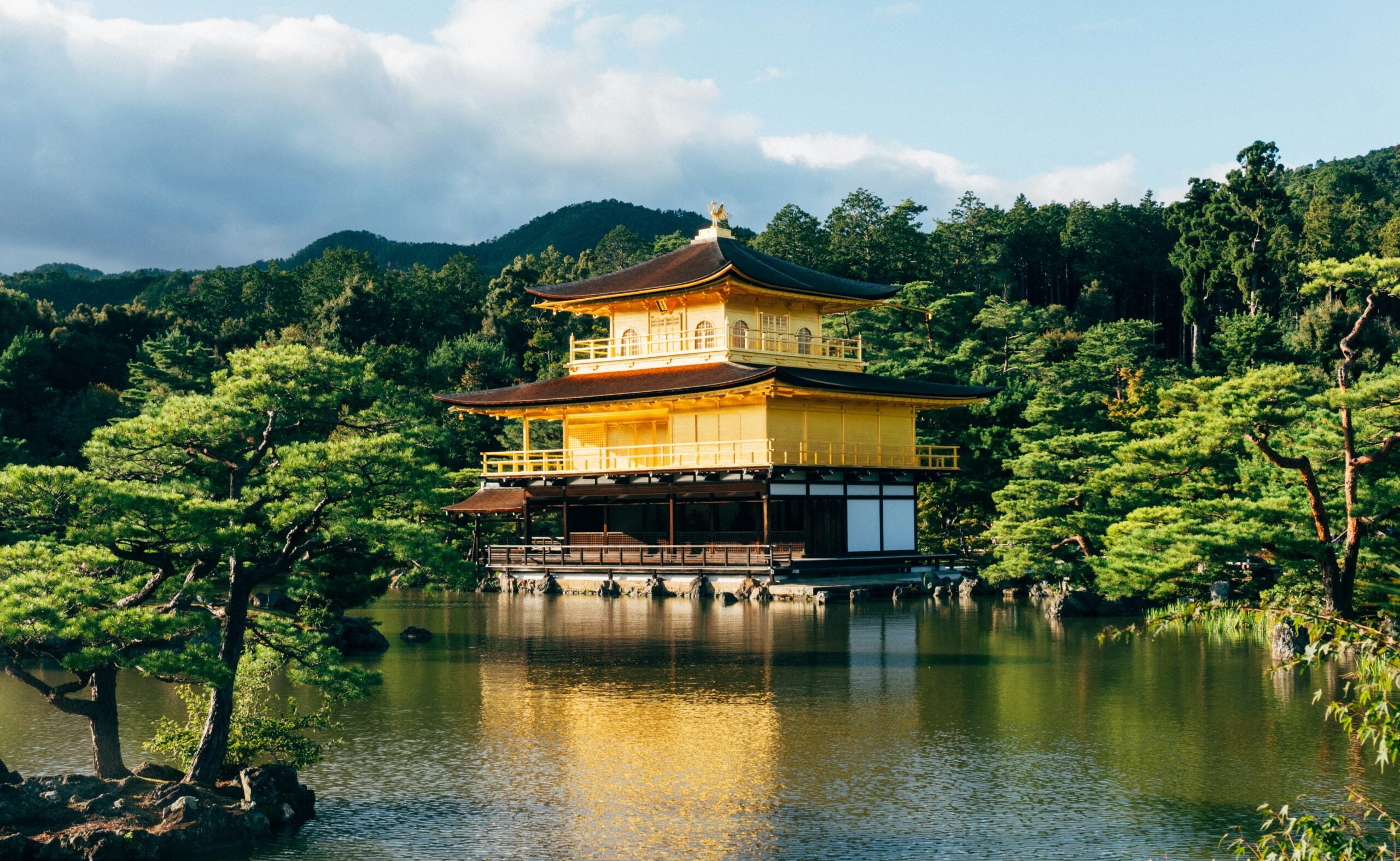
Kiyomizu-dera Temple
A UNESCO World Heritage site, Kiyomizu-dera is a breathtaking place to visit in Kyoto. Famous for its massive wooden stage that juts out over the hillside, it offers panoramic views of the city. Visitors can also explore the Otowa Waterfall, whose three streams are said to grant blessings of health, success, and love. The temple is especially magical during cherry blossom season and in autumn, when it is illuminated at night. Its deep historical significance and stunning views make it unmissable.
- Best time to visit: Morning or late afternoon
- Entry fee: 400 yen
Arashiyama Bamboo Grove
Walking through the enchanting Arashiyama grove is one of the most peaceful things to do in Kyoto. Towering bamboo stalks sway gently in the wind, creating a surreal, almost otherworldly atmosphere. The grove offers a calming break from the bustling city, and nearby attractions like the Togetsukyo Bridge and Tenryu-ji Temple make the visit even more rewarding. This destination is particularly beautiful when sunlight filters through the bamboo, casting magical shadows across the path. It’s a must for nature and photography lovers.
- Best time to visit: Early morning for serenity
- Entry fee: Free
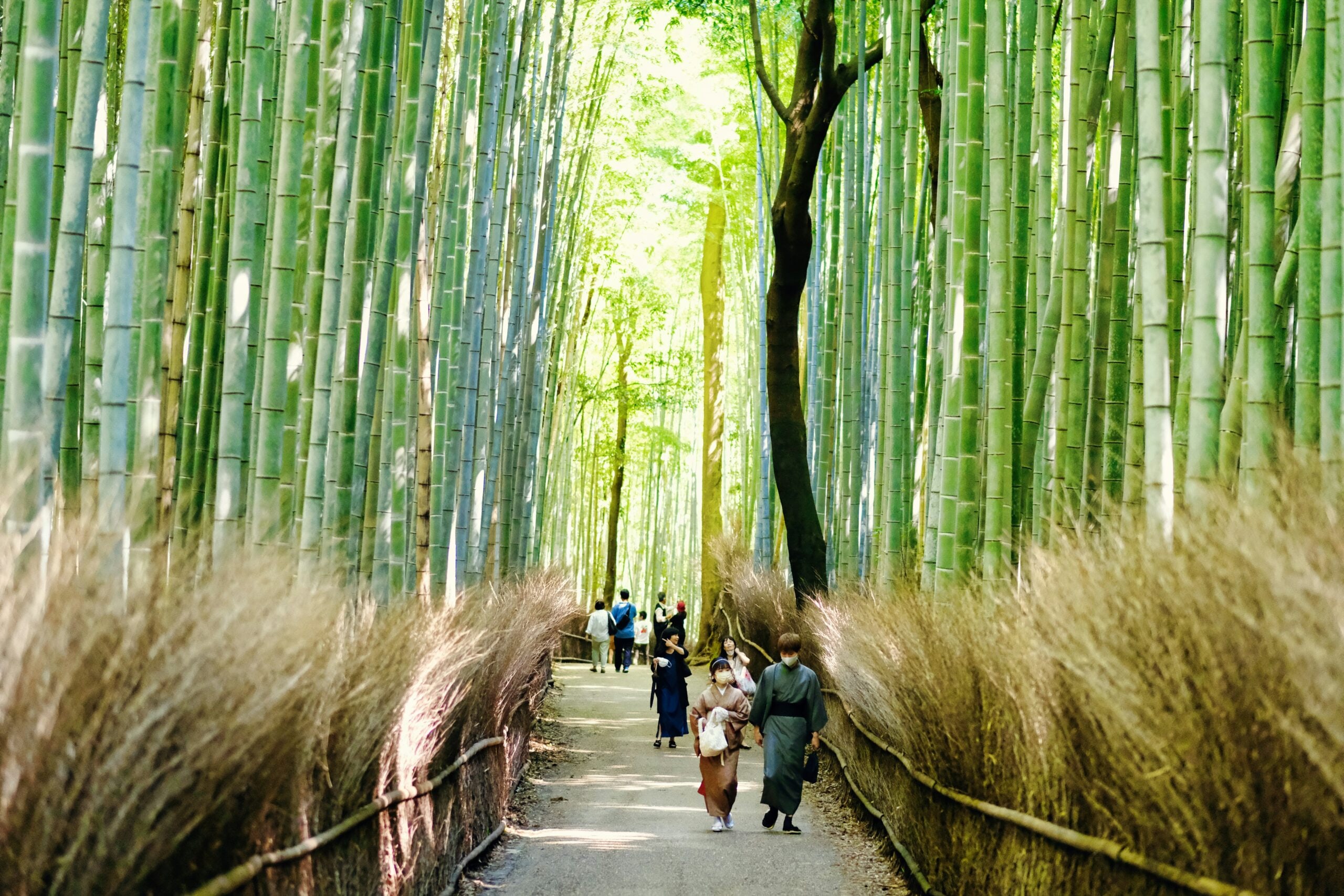
Nijo Castle
A UNESCO World Heritage Site, Nijo Castle is a fascinating Kyoto site to visit. Once the residence of the Tokugawa shoguns, it showcases elegant architecture and historic artwork. Visitors are often intrigued by the “nightingale floors,” designed to chirp when walked upon as a security measure. Surrounding gardens offer seasonal beauty, from spring cherry blossoms to vibrant autumn foliage. The castle provides a glimpse into the power and refinement of the Edo period, making it an essential stop for history enthusiasts.
- Best time to visit: Spring or autumn for beautiful gardens
- Entry fee: 1,300 yen
Philosopher’s Path
This scenic walkway, lined with cherry blossoms, is a famous place in Kyoto. The canal-side path connects Ginkaku-ji with Nanzen-ji and is ideal for peaceful strolls and quiet reflection. During April, when cherry blossoms bloom in full glory, it becomes one of the most romantic spots in the city. The path is also dotted with small cafes, boutiques, and shrines that add cultural charm. It’s a favourite for travellers who prefer slow-paced exploration and quiet beauty.
- Best time to visit: April for cherry blossoms
- Entry fee: Free
Gion District
Known as the historic geisha district, Gion is one of the most atmospheric Kyoto places to go. Its narrow streets are lined with traditional tea houses, lantern-lit restaurants, and wooden machiya houses that transport you to the past. Visitors often catch glimpses of geiko and maiko heading to appointments, adding to the area’s cultural allure. In the evening, the district comes alive with performances, tea ceremonies, and traditional dining experiences, making it a cultural heart of Kyoto.
- Best time to visit: Evening for the best atmosphere
- Entry fee: Free (performances or tea ceremonies are paid separately)
Nishiki Market
For food lovers, Nishiki Market is a must-visit Kyoto tour package highlight. Known as “Kyoto’s Kitchen,” it stretches for five blocks with hundreds of stalls selling everything from fresh seafood to traditional sweets. Visitors can sample pickles, street snacks, and Japanese delicacies while enjoying the vibrant local culture. The market also offers kitchenware and souvenirs, making it more than just a food stop. Its lively atmosphere and endless variety make it a paradise for culinary explorers.
- Best time to visit: Mid-morning to early afternoon
- Entry fee: Free
Ginkaku-ji (Silver Pavilion)
Often called the Silver Pavilion, Ginkaku-ji is one of the most peaceful Kyoto attractions. Unlike its golden counterpart, this Zen temple is admired for its subtle elegance and beautifully landscaped gardens. The temple grounds feature moss gardens, raked white sand, and scenic pathways leading up a hillside that overlooks Kyoto city. Walking here gives a glimpse into Japan’s wabi-sabi philosophy, which values simplicity and imperfection. The tranquil atmosphere makes it a perfect spot for reflection and calm exploration, far from the bustle of tourist-heavy areas.
- Best time to visit: Morning for fewer crowds
- Entry fee: 500 yen
Ryoan-ji Temple
Famous worldwide for its enigmatic rock garden, Ryoan-ji is an iconic Kyoto sightseeing place that captures the essence of Zen philosophy. The temple’s kare-sansui (dry landscape) garden features carefully placed rocks surrounded by white gravel, designed to evoke deep contemplation. No matter where visitors stand, at least one rock is always hidden from view, symbolising the incomplete nature of perception. The surrounding temple grounds include a peaceful pond and seasonal blossoms, making it a blend of natural and spiritual beauty. For travellers seeking introspection, Ryoan-ji is a must-see.
- Best time to visit: Early morning for meditation-like peace
- Entry fee: 500 yen
Kyoto is truly a city where history and culture meet timeless beauty. From sacred temples and peaceful gardens to lively markets and geisha districts, each attraction offers a unique glimpse into Japan’s heritage. Whether you’re walking through the bamboo groves, admiring golden temples, or enjoying local food at Nishiki Market, every place to visit in Kyoto leaves an unforgettable impression. With so many treasures waiting to be explored, Kyoto remains one of the most enchanting destinations for travellers seeking both tradition and wonder.
FAQs
Q1. Can I see Kyoto's famous temples at night?
Many of Kyoto's temples, such as Kiyomizu-dera and To-ji, have special night illuminations during certain seasons. This transforms the temples and their surroundings into a magical, ethereal landscape. The lights accentuate the intricate architecture and the beauty of the gardens.
Q2. Are there any lesser-known traditional crafts I can try in Kyoto?
Kyoto is home to unique artisanal crafts. You can try your hand at Kiyomizu-yaki pottery, visit a furoshiki (Japanese wrapping cloth) workshop, or even learn the art of Nishijin weaving, which dates back to the 5th century. If you're into tea culture, you can also try tea ceremony experiences at hidden teahouses.
Q3. What’s the best Kyoto dish that most tourists miss?
Yudofu is a warm tofu dish served in a simple yet flavorful broth, often enjoyed near the Zen temples in Kyoto, especially around Nanzen-ji. Also, try Kyo-kaiseki, a multi-course meal that features seasonal ingredients, often found in Kyoto’s more traditional inns (ryokan).
Q4. Is there a place to see Kyoto’s ‘underground’ culture?
Kyoto’s underground culture can be found in places like Gion’s Pontocho Alley or Kawaramachi, where the nightlife offers more than just bars - it’s a whole subculture that has been preserved for centuries. You can also visit Kyoto's antique markets, such as the Toji Temple Flea Market, where you'll encounter old-school Kyoto artisans, vintage kimono traders, and quirky collectables.
Q5. What’s the significance of Kyoto’s “Nighttime Cherry Blossom Viewing”?
In spring, Kyoto’s cherry blossoms (sakura) are stunning, but nighttime sakura viewing, called "Yozakura," offers a magical experience that is often overlooked by tourists. Maruyama Park and The Philosopher's Path light up with lanterns, casting a warm glow on the blossoms, making the experience feel dreamlike. The tradition of nighttime cherry blossom viewing dates back to the Heian period.










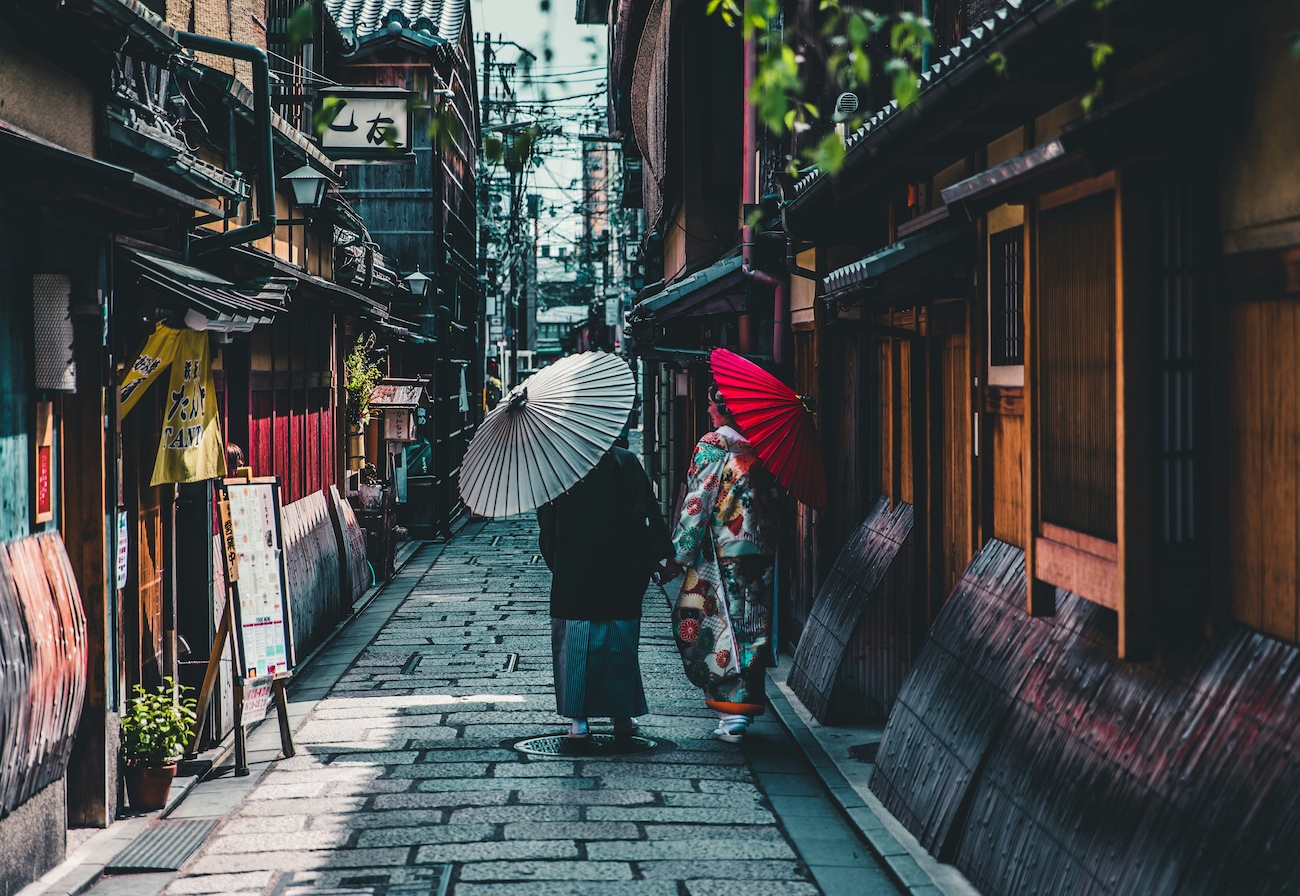




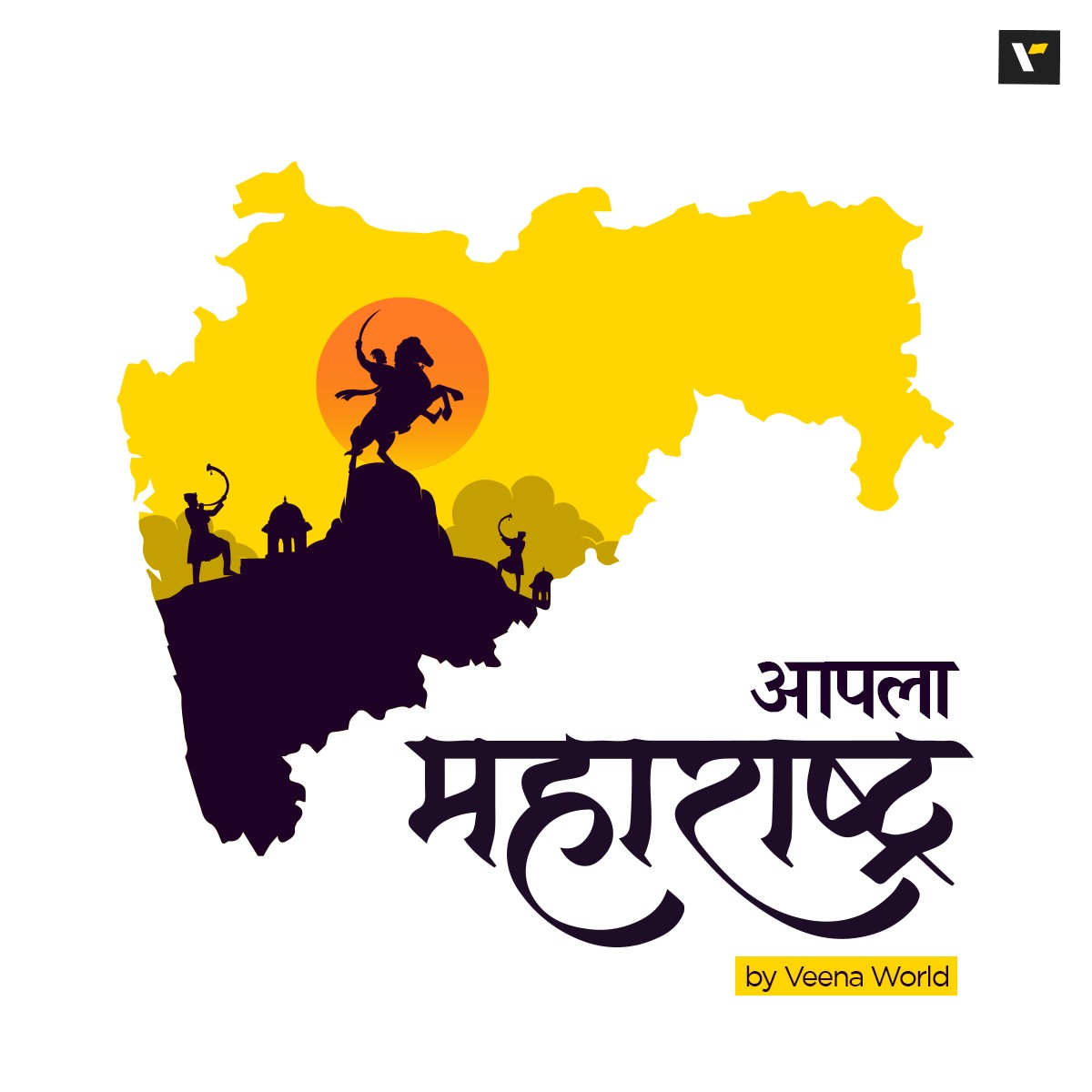







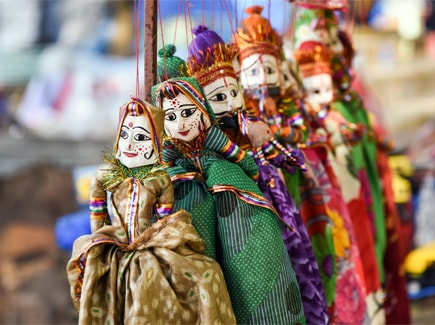
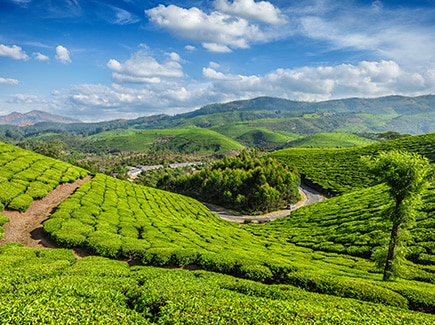

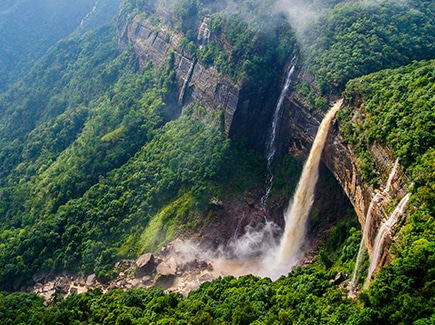
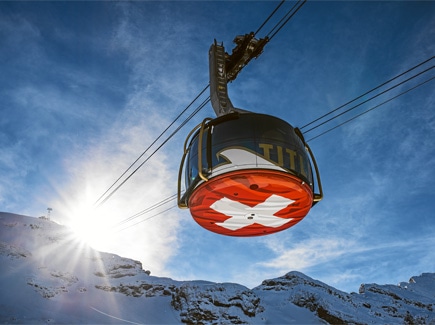
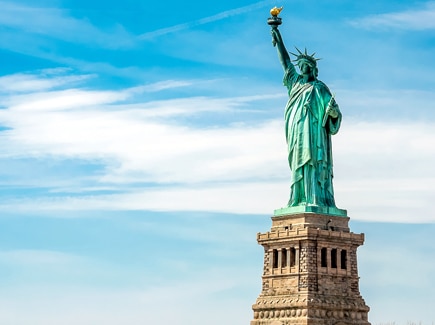
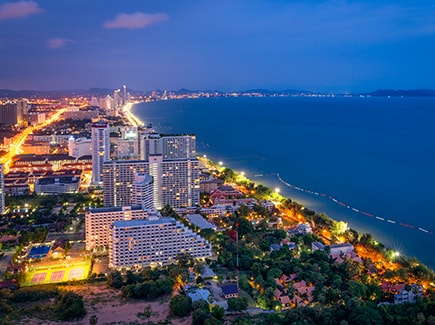
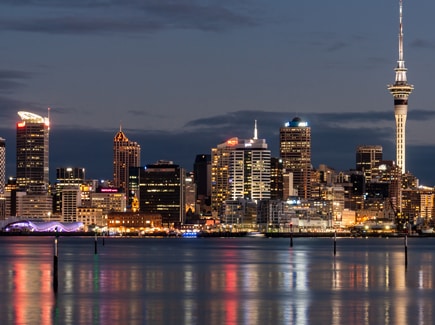


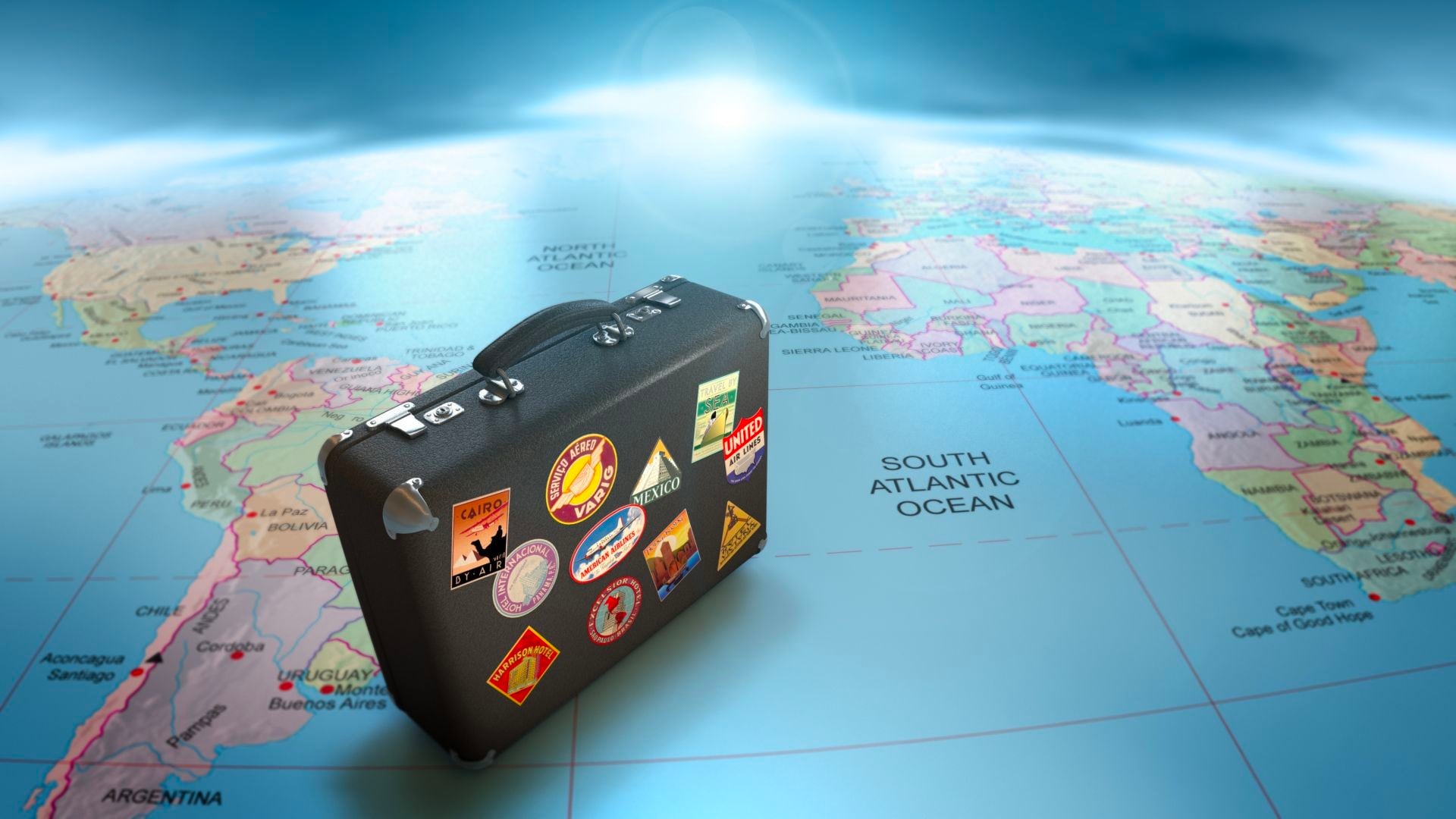

Post your Comment
Please let us know your thoughts on this story by leaving a comment.